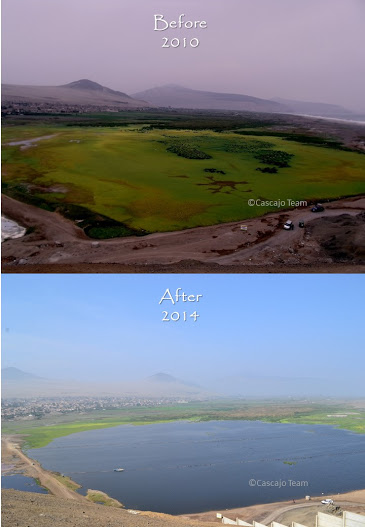
Nano technology to clean up lakes
Nano Technology to Clean Up Lakes
What happens though when a natural paradise we remember fondly from childhood is on the brink of complete and devastating collapse? When the land is choked with rubbish and the lake filled with poison? Do we return to the place we were once so happy to save it?
This is exactly what Peruvian-Japanese scientist Marino Morikawa did: In 2010, his father told him that the Cascajo wetlands were so contaminated that they were about to be capped. Although the environmental scientist was working at Tsukuba University laboratories in Japan at the time, he decided to fly the 15,000 km back to Peru to see with his own eyes what his father had told him about El Cascajo.
The Cascajo Wetlands are 80 km from Lima in the province of Huaral in the Chancay Valley. Marino used to go fishing with his father here as a child. “When you go fishing, there are times when you catch fish and times you do not,” he recalls. “So when I got tired of sitting for one or two hours without catching anything, I used to walk through the wetlands and throw stones at birds to watch them fly…” Marino laughs: “Of course I’d condemn that action now, especially since I am an environmentalist, but I was just a mischievous child.” He also recalls that when his family would take their inflatable boat out to go swimming, they observed flocks of birds, even flamingos at times.
Would we return to the place we were once so happy to save it?
But when Marino returned, the area looked like an oxidation pond. 20 years had passed since his last visit. He discovered foul smelling waters in a critical stage of decay. The huge 150 hectares of wetland had diminished to a mere 40 hectares.
Two reasons he detected were illegal landfills and the breeding of pigs, cattle and sheep that had badly contaminated the water. Even worse, the previous mayor had built a new drainage canal that bordered on the wetlands and headed seaward. Most of the waste being channeled through this canal was leaking out into the wetlands. Water lettuce, an invasive species, was another major polluting factor that was ultimately choking the wetlands. This type of lettuce fully covers the surface of the water, preventing light and oxygen from reaching the wetland’s depths. It was a major contributor to the putrefaction and stench of El Cascajo.
The authorities had given up hope of ever salvaging the lake. But Marino didn’t think twice: With his experience in management and water quality control, he knew he could and should do something to help it recover. Marino holds a PhD in Bioindustrial Science and specializes in water treatment.
The first steps
“This is hard to explain and might be difficult for many people to understand. But the first thing I did was kneel down in the wetlands. When I put my hands on the ground, I felt a heartbeat, a pulse under my hands. You’re alive, I said, you’re not dead like everyone thinks you are.”
Marino’s family is well-known in their hometown Huaral, and they also just happened to be friends with its current mayor. So the first thing Marino did was set up a meeting with him. “Give me just one year and I’ll do everything in my power to restore the wetlands,” he said. “Just you?” the mayor asked. “Under my administration we tried to save the wetlands many times, but we couldn’t.” Marino replied: “I know, but you won’t have to worry about anything. It won’t cost you a cent, it’ll be my responsibility.”
The mayor agreed to the ambitious project, and Marino started knocking on doors to raise money. Unsuccessful in Peru, he tried his luck in Japan: He took all his savings, borrowed money from three banks, and returned to Peru. It was all his personal commitment: No one refunded him the money.
The nanotechnology system
Marino started off by camping in the wetlands for three days to identify the sources of contamination. He counted the approximate number of people who passed through the wetlands, he analyzed water and soil, and he studied the winds. Afterwards, he returned to Japan to develop adequate technology in the well-equipped laboratories of Tsukuba University. Since he had focused on nanotechnology and chemistry during his studies, he decided to deploy two nanotechnology methods in El Cascajo: a micro-nano bubbling system and a biofilter.
The micro-nano bubbling system consists of introducing microbubbles in the depths of polluted waters that attract bacteria and polluted microorganisms. “Think of soda bubbles,” explains Marino. “Everybody can see the bubbles rising to the surface. Now imagine a bubble ten-thousand times smaller and imperceptible to the human eye. Since it is so small, it is a lot slower and takes 5 to 8 hours to reach the surface. The micro-nano bubble has an electromagnetic field of positive and negative ions that works as a magnet. On the way to the surface of the water, it attracts viruses and bacteria, thus catching them like in a spider’s web.”
Once attracted by the magnet, the viruses and bacteria can’t move anymore and die. But in case the bubbles still reach the surface, they turn in gas and disappear due to radiation and ultraviolet rays.
The second method Marino used was biofilters. A biofilter is a media bed different types of microorganisms attach to and form a biological layer called a biofilm. It attracts water bacteria and preserves the good species that contribute to micro-flora conservation and bioremediation.
Biofilters are commonly used in water treatment worldwide, but they have to be adapted to the specific conditions of the local water. For his work in Peru, Marino used ceramic biofilters that he produced by himself in local pottery courses.
A success story
While it took Marino six months of research to develop the nanotechnology system, the practical application went comparatively quickly: In just 4 months, he had decontaminated the entire wetlands. At least 40 species of migratory birds have returned to El Cascajo Lake, and 10 fish species have come back to inhabit its waters. And what is more: the only equipment he used was materials that are available in any hardware store. “Never use an expensive resource in a poor area, while you can use the home material,” is one of his principles.
“Never use an expensive resource in a poor area, while you can use the home material.”
Marino also successfully raised awareness among the local people in Peru. They saw him working long hours all alone in the wetlands every day and began asking him about what he was doing. One morning, when Marino was thoroughly exhausted and arrived to the wetlands late, he found more than hundred people of different ages waiting for him. They wanted to work together and called out: “Marino, we are with you!” Even the illegal breeders turned up and helped him clean up the area.
In 2014, Marino’s scientific work and his commitment and dedication to Peru were honored by the Peruvian National Council for Science, Technology and Technological Innovation (Concytec). His methods are considered a true innovation and will be used for other applications in future. Marino already has two ambitious goals for 2015: He wants to clean the highest lake in the world, Lake Titicaca, and decontaminate the Rio Chira in the northern city of Sullana in Piura.
“If you take the first step, others will follow,” he says





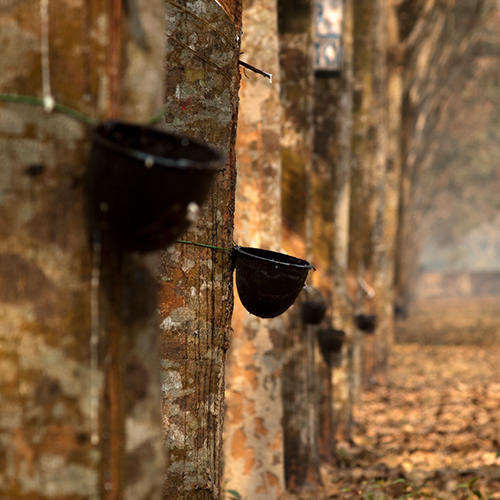





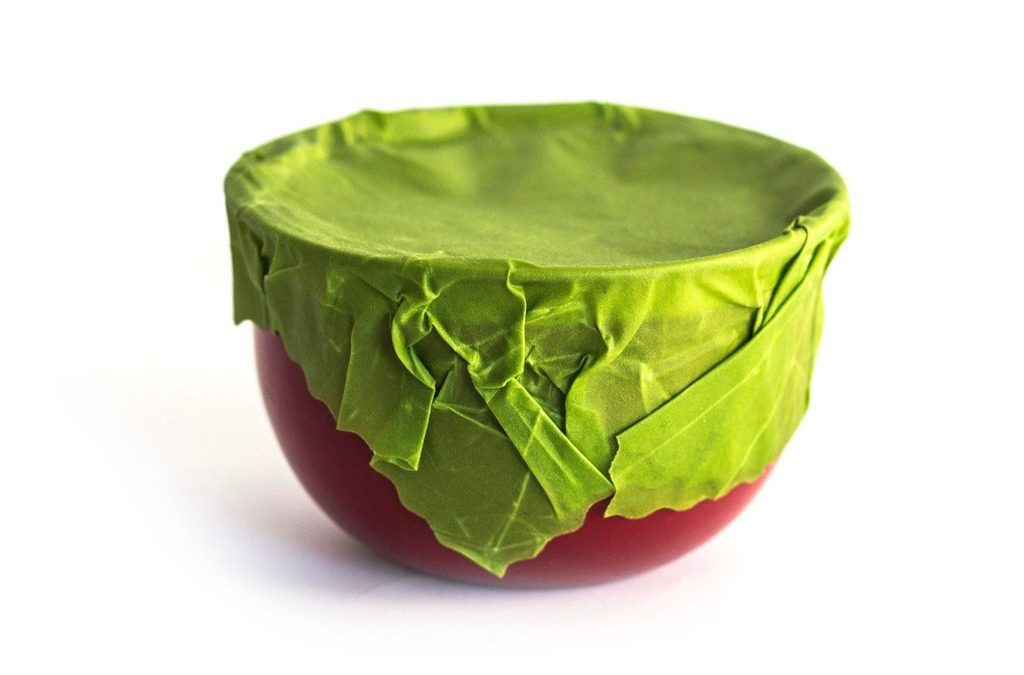




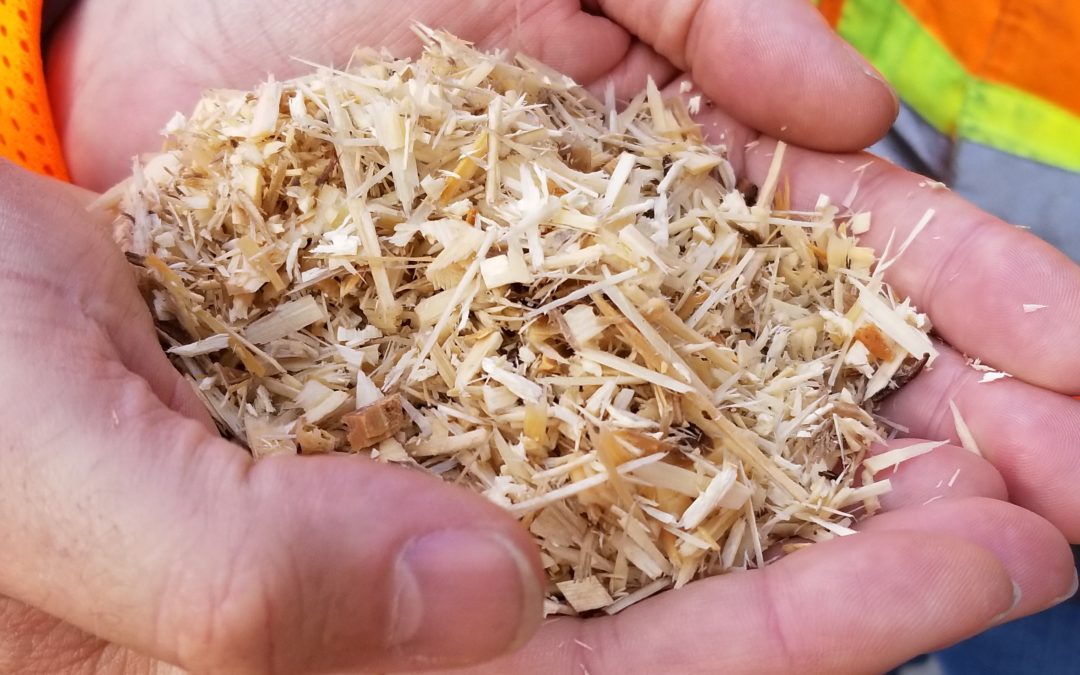





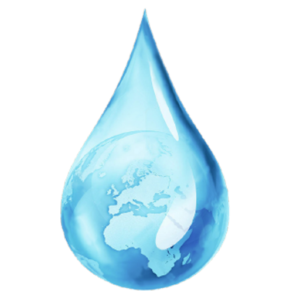
Recent Comments